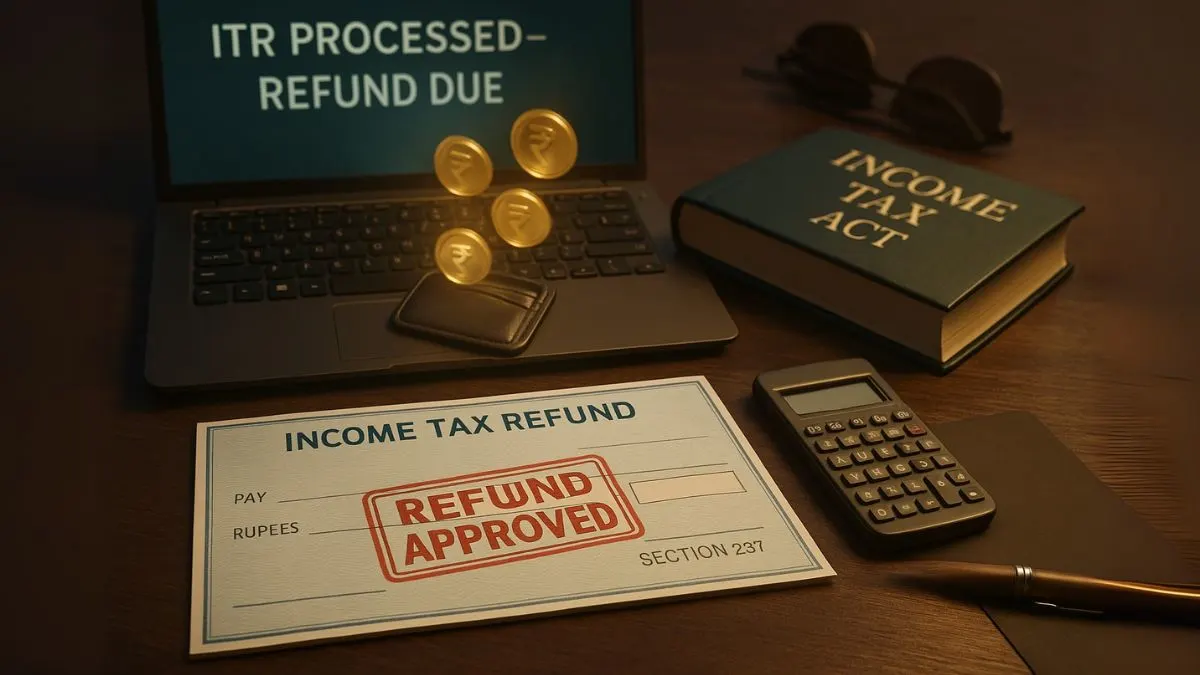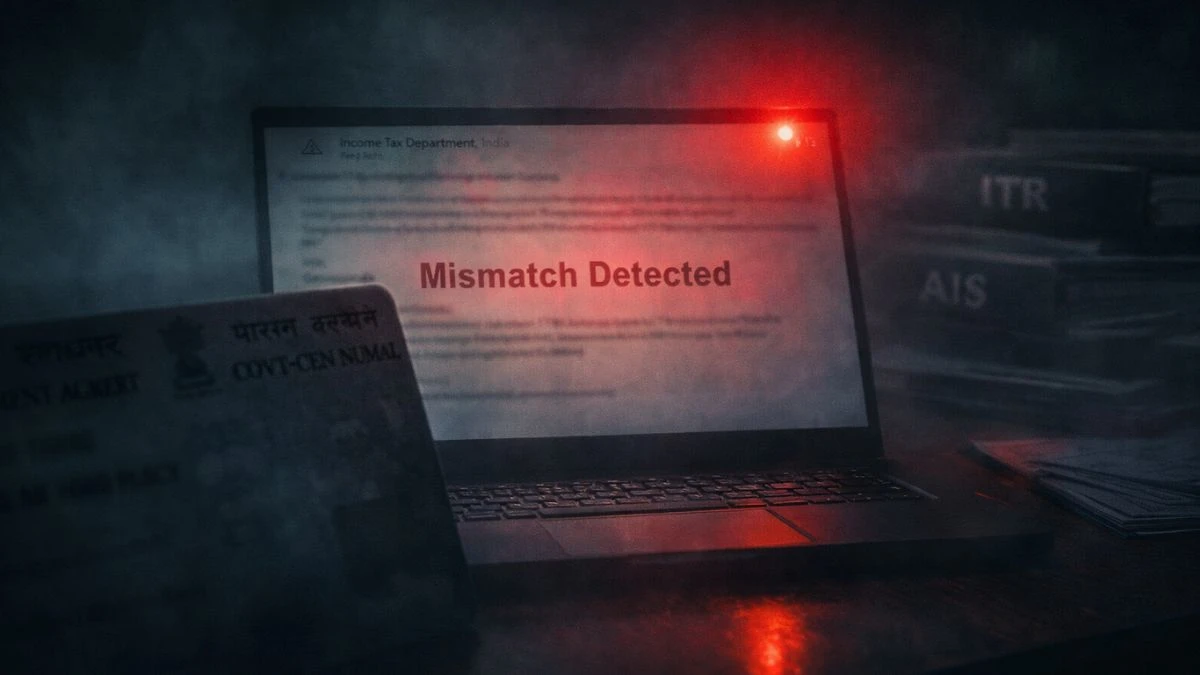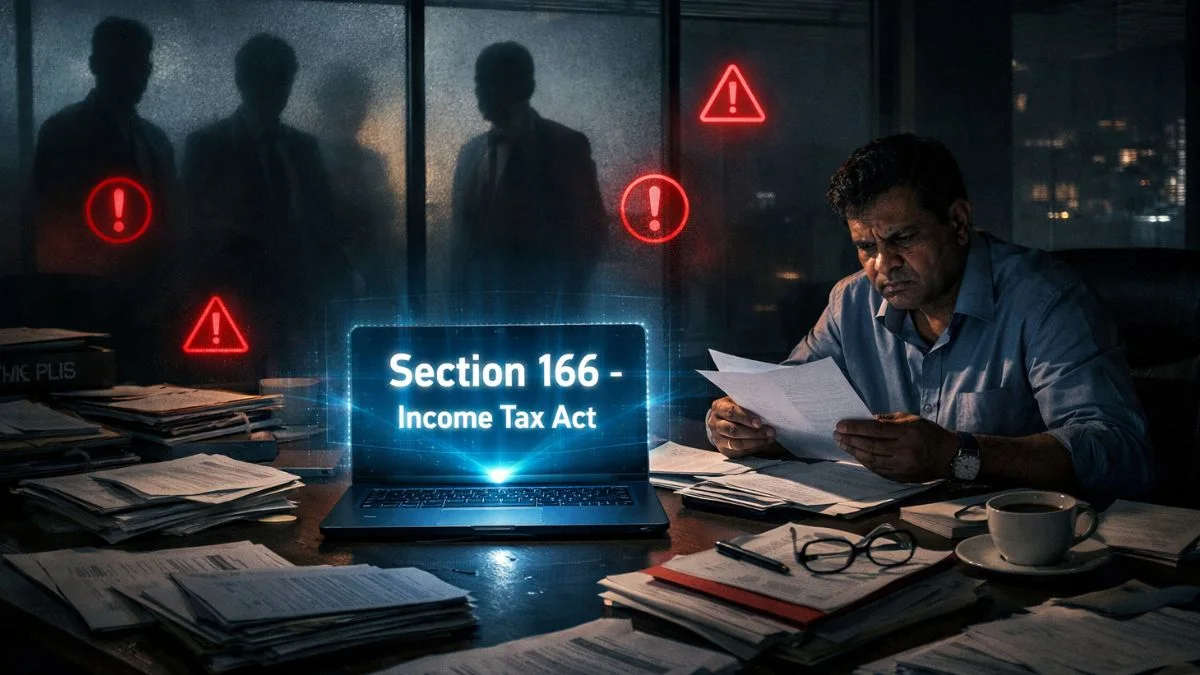
Many times, taxpayers end up paying more tax than their actual liability. This may happen due to advance tax, self-assessment tax, TDS deductions, or wrong estimations. To provide relief in such cases, the Income Tax Act, 1961 includes a detailed refund mechanism.
Section 237 of Income Tax Act plays a crucial role here. It specifically deals with income tax refund of excess tax paid by the assessee. It ensures that taxpayers don’t lose money unnecessarily & that any extra payment is refunded back after proper verification by the tax authorities.
This article will help you understand what Section 237 covers, who is eligible, how refunds are processed, timelines, and practical aspects that every taxpayer should know.
What is Section 237 of Income Tax Act?
Section 237 of Income Tax Act deals with the refund of excess tax paid by the assessee.
- If a taxpayer has paid more tax than required, the excess can be claimed back as a refund.
- The refund arises when tax deducted at source (TDS), advance tax, or self-assessment tax exceeds the actual liability determined in the final assessment.
- The Assessing Officer (AO) is responsible for determining whether a refund is due.
In simple words, any taxpayer who has paid an excess amount of tax can apply for a refund of the same.
When Does Refund Arise?
A refund of excess tax paid by the assessee arises in the following situations:
- Excess TDS deducted – For example, if your employer deducts higher TDS than your actual liability."
- Excess advance tax paid – When estimated income was higher but actual income was lower.
- Self-assessment tax overpaid – Paid more while filing ITR.
- Double taxation – Income taxed twice due to international transactions (relief is available).
- Reliefs under sections 90/91/90A – Claiming foreign tax credit.
Thus, Section 237 ensures that extra tax collected by the department is refunded promptly.
Eligibility Under Section 237
Refund is available to:
- Individual taxpayers – Salaried employees, self-employed professionals, freelancers, etc.
- HUFs & Partnership Firms – Who pay advance tax or TDS in excess.
- Companies – Where corporate tax or MAT/AMT has been paid in excess.
- NRIs (Non-Resident Indians) – Who face double taxation or excess TDS on income.
Simply put, any taxpayer who has paid excess tax is eligible to claim refund under Section 237.
Also Read: Adjustment of Tax Refunds Against Outstanding Tax Demands
Process of Claiming Refund
The income tax refund process is now completely online:
- File Income Tax Return (ITR): Refund can only be claimed through ITR filing.
- Assessment by Income Tax Department: Once filed, the CPC (Central Processing Centre) verifies the return.
- Refund Intimation: If excess tax is found, a refund order is generated under Section 143(1).
- Credit to Bank Account: Refund is directly credited to the taxpayer’s bank account linked with PAN & pre-validated in the income tax portal."
So, filing ITR is the first and mandatory step to claim refund of excess tax paid by the assessee.
Timelines for Refund
- Refund is generally issued within a few weeks to a few months after filing ITR.
- Delays may occur due to verification issues, bank account mismatch, or incorrect filing.
- If refund is delayed, the taxpayer is eligible for interest on refund under Section 244A.
Interest on Refund – Section 244A
If the income tax department delays refund, taxpayers earn interest @ 0.5% per month (6% annually) on the amount of refund.
For example, if ₹50,000 refund is due and it is delayed by 6 months, interest = ₹50,000 × 6% × 6/12 = ₹1,500.
This provision ensures fairness & encourages the department to process refunds quickly.
Provisions Relating to Refund – Section 237 to Section 245
- Section 237: Refund of excess tax paid by the assessee.
- Section 238: Refunds in case of representative assessee.
- Section 239: Procedure for claiming refund.
- Section 240: Refund on appeal.
- Section 241: Withholding of refund in certain cases.
- Section 244A: Interest on delayed refunds.
- Section 245: Power to adjust refund against outstanding demand.
These sections collectively detail the income tax refund process.
Practical Issues Taxpayers Face
- Mismatch in TDS/TCS – Errors in Form 26AS or AIS can delay refund.
- Bank Account Issues – Refund fails if the account is not pre-validated.
- Outstanding Demands – Refund may be adjusted against previous dues.
- Delayed Processing – Though refunds are faster now, high-value cases still take time.
Taxpayers should carefully check Form 26AS, AIS & ensure correct ITR filing to avoid refund delays."
Example of Refund Under Section 237
Mr. A’s actual tax liability = ₹1,20,000
TDS deducted by employer = ₹1,50,000
Excess tax paid = ₹30,000
Therefore, as per Section 237, Mr. A is eligible for a refund of ₹30,000. If delayed, interest under Section 244A will also be payable.
Also Read: Interest on Income Tax Refunds Explained
Importance of Section 237
- Protects taxpayer rights by ensuring refunds of excess tax.
- Creates trust in the taxation system.
- Improves compliance since taxpayers know they will get back excess amounts.
- Reduces chances of litigation.
Conclusion
Section 237 of Income Tax Act deals with income tax refund of excess tax paid by the assessee. It makes sure that any taxpayer who has paid an excess amount of tax can apply for a refund by filing their ITR. The section also details the provisions that relate to the income tax refund process, ensuring fair treatment.
If you’ve overpaid tax, don’t worry – the law allows you to get your money back with interest. Just ensure timely filing & accurate reporting.
💡 Want to maximize your refunds and avoid mistakes while filing ITR?
Explore expert assistance at Callmyca.com – your trusted partner for tax filing, planning, and refunds.











